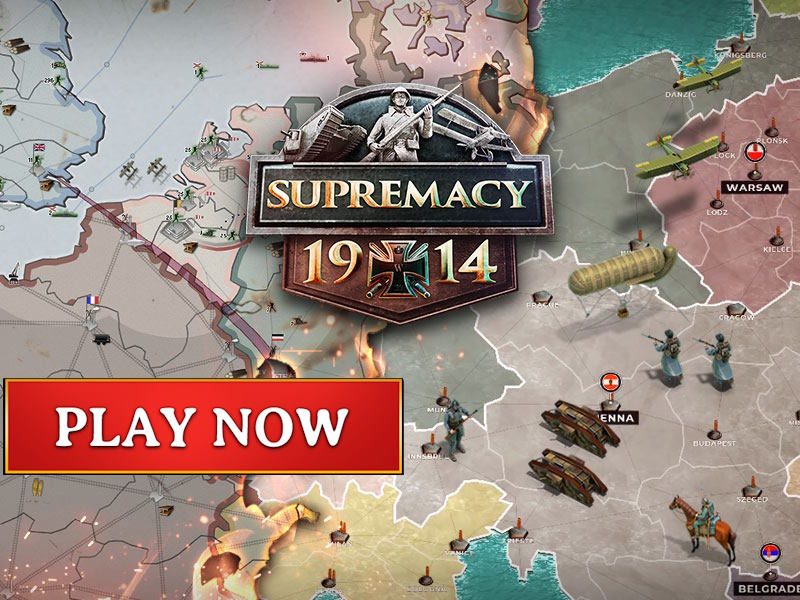Strength and organization of the Army, Air Force and Navy of Denmark in April 1940 and their fate during the Second World War.
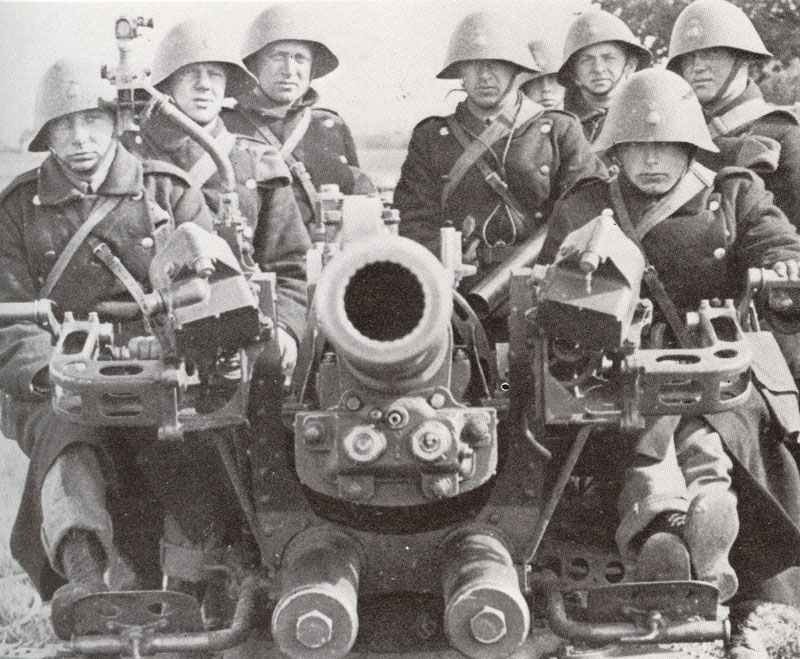
Denmark in WW2
Table of Contents
Denmark’s experience during World War II was unique compared to many other European countries.
Overview
Invasion: Nazi Germany invaded Denmark on April 9, 1940, meeting little resistance. The Danish government surrendered within hours to avoid bloodshed.
Occupation: Denmark was occupied by Nazi Germany from 1940 to 1945. Initially, Germany allowed Denmark to maintain its government and king, making it a ‘model protectorate’.
Cooperation: The Danish government initially pursued a policy of cooperation with Germany, hoping to protect Danish citizens and institutions.
Jewish population: Unlike many other occupied countries, Denmark was able to protect most of its Jewish population. In 1943, when deportations were planned, Danes helped smuggle about 7,200 Jews to neutral Sweden.
Resistance movement: A Danish resistance movement gradually developed, becoming more active from 1943 onwards. It engaged in sabotage, intelligence gathering, and underground press activities.
August 1943: The Danish government resigned in protest against German demands, leading to direct German administration of the country.
Economic impact: Denmark’s economy suffered due to German requisitions and disruption of international trade.
Liberation: Denmark was liberated on May 5, 1945, when German forces in Denmark surrendered to the Allies.
Bornholm: The island of Bornholm was captured by Soviet forces, who occupied it until April 1946.
Post-war: Denmark emerged from the war with relatively less damage compared to many other European countries, but still faced economic and social challenges in the immediate post-war period.
Denmark’s experience during World War II was characterized by a complex balance between cooperation and resistance, with efforts to protect its citizens while under occupation.
Course of events
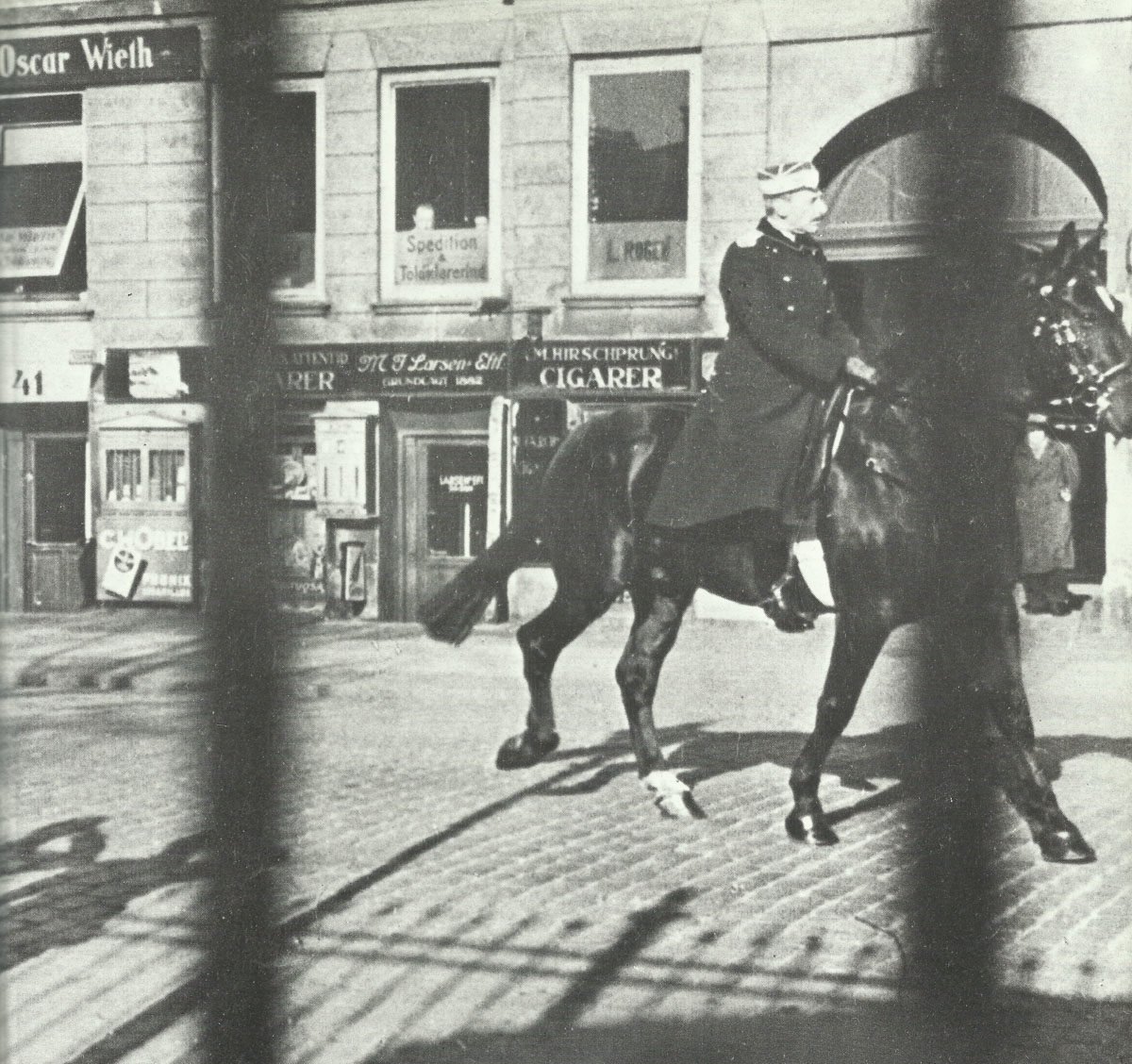
During World War II, Denmark was invaded and occupied by Nazi Germany. On April 9, 1940, Germany launched Operation Weser Crossing (Weserübung) and invaded Denmark and Norway. The Danish government surrendered within a few hours to avoid civilian casualties.
The German occupation of Denmark was initially relatively lenient compared to other occupied countries. This was partly due to the Nazis considering Danes as ‘racially superior’ and partly to ensure a stable food supply for Germany.
As the war progressed, resistance against the German occupation grew. Resistance activities included sabotage, strikes, and helping Jews escape to neutral Sweden. In October 1943, when the Nazis planned to deport Danish Jews, the Danish resistance managed to evacuate most of them to Sweden, saving nearly 95% of the Jewish population.
The Danish government continued to function domestically, but it was under German control for foreign policy and security matters.
Denmark was liberated by British forces on May 5, 1945, following Germany’s surrender.
After the war, Denmark became a founding member of the United Nations and NATO, seeking to ensure its security and prevent future occupations. The Danish resistance and the successful rescue of the Jewish population have become an important part of Denmark’s national identity and pride.
Danish Armed Forces in WW2
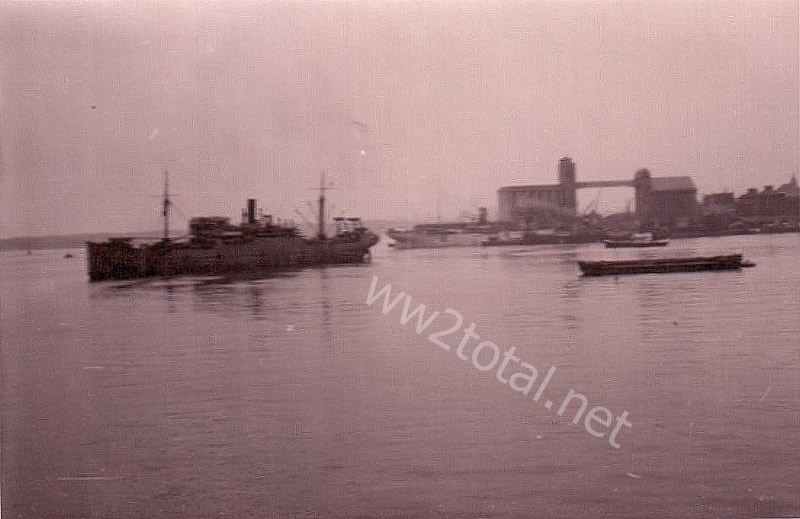
The Danish Defense Act of 1937 set up a peacetime establishment of two divisions, an independent anti-aircraft and engineer regiment, an army air force, the Bornholm garrison, a transport battalion and a general headquarters.
In peacetime the regiments and battalions were no more than a small administrative staff responsible for the training of the annual intake of 6,599 conscripts who were allocated as follows: 4,340 to the infantry, 465 to the Life Guards, 374 to the cavalry, 1,120 to the artillery, and 300 men to the engineers. On 8 April 1940 there were 6,600 conscripts with eleven months’ training service with the colors, as well as a further 2,050 non-combatants. During the German invasion part of this force was on leave, while a further seven per cent were unfit for duty.
The Sjaelland Division had its headquarters in Copenhagen and consisted of the Life Guards, the 1st, 4th and 5th Infantry Regiments, the Guards Hussars, the 1st and 2nd Field Artillery Regiments, the 13th Anti-Aircraft Battalion and an engineer battalion.
The Jutland Division had its headquarters in Viborg with the 2nd, 3rd, 6th and 7th Infantry Regiments, the infantry pioneer regiment, the Jutland Dragoon Regiment, the 3rd Field Artillery Regiment, the 14th Anti-Aircraft Battalion, and the 2nd Engineer Battalion.
The establishment strength of an infantry regiment was 3,000 all ranks who were armed with Krag-Joergensen M84/24 rifles and Bayard M1910 pistols.
Danish Army Divisions:
Organization | Infantry division |
|---|---|
Units total | 2 |
Infantry regiments | 4 (each 3,000 men) |
Cavalry regiments | 1 |
Total men | ? |
Machine guns | 1,248 (1,024 light Madsen M24, 128 heavy Madsen M29, 96 horse-drawn heavy Madsen M29) |
mortars | 96 (heavy) |
antitank guns | 24 (horse-drawn 37 mm Bofors AT) |
artillery | 48 or 96 (75 mm Krupp field guns, 105 mm Schneider guns, 150 mm Schneider howitzers) |
The German pretext for the occupation of Denmark, was to protect her from attack by Britain, and so German troops were ordered to make the take-over as peaceful and friendly as possible. In fact Danish casualties were only 12 airmen, 11 soldiers and 3 frontier guards killed (German casualties were 20 dead and 65 wounded).
The German authorities allowed the King and government to exercise limited power, while all questions relating to the occupying power were the subject of negotiation between the two parties. The Danish forces were to continue to exist, but in much reduced circumstances, with a total strength not exceeding 3,300 men. These consisted of the Royal Life Guards, trained conscripts and conscripts required for maintenance and repair work. In addition, there were a number of reserve officers and NCOs undergoing training in the Army Officers’ School.
Relations between the two countries deteriorated, however, and the Germans imposed restrictions which in November 1942 banned Danish soldiers and the wearing of military uniform from Jutland. The Danish Army was then concentrated in Sjaelland and the Island of Funen. The final act came in August 1943 when the Germans took the Danish garrison by surprise and disarmed it after a short fight. Thereafter, all Danish military personnel were made prisoners-of-war, and the armed forces disbanded.
Danish Air Force
The Air Force, which formed part of the Army, consisted of two battalions, one of which was based on Jutland, and the other on Sjaelland. On the morning of 9 April 1940 the Air Force order-of-battle was as follows:
- 1 squadron with 13 interceptor aircraft;
- 1 squadron with 8 interceptors and 2 reconnaissance aircraft;
- 1 squadron with 11 reconnaissance and 1 training aircraft;
- 1 squadron with 14 reconnaissance aircraft and an autogyro;
- the Air Force School with 18 training aircraft.
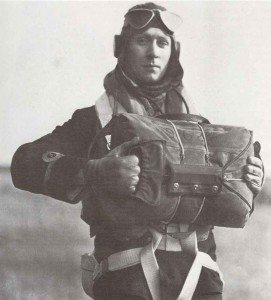
Total together with Navy approximately 100 planes.
Following the German disbandment of the remaining Danish armed forces in August 1943, a number of Danish pilots made their way to Sweden where they began to train on Swedish aircraft (Saab B-17s). It was planned to form an air support unit for the Danish Brigade in Sweden, but this plan was not completed before the end of the war.
Danish Navy
The King of Denmark was Commander-in-Chief of the armed forces while actual command of the Navy was exercised by the Naval Minister, Vice-Admiral H. Rechnitzer, who was also responsible for all coastal defenses. The personnel of the Navy in 1940 was about 1,500 men, and the main base was at Copenhagen.
The Navy comprised:
- 12 coastal defense ships;
- 17 motor torpedo boats;
- 9 submarines;
- 14 Minesweepers;
- 6 minelayers;
- several fishery control vessels.
The Naval Air Service had at its disposal 64 aircraft, but only two of these were shipborne.
Despite warnings of an imminent German attack on 4 April 1940, no warlike preparations were made for fear of providing provocation. When it was reported that large numbers of German warships and transports were sailing in Danish waters through the Great Belt, Danish ships were ordered not to open fire unless fired upon. As the German ships were not resisted, there was no fighting and no ships were sunk at sea.
The Danish Navy continued to exist under the German occupation and even undertook some local minesweeping, but it was not long before relations between the two countries deteriorated to such an extent that the Danes prepared to sail their ships to Sweden, or scuttle them. On 29 August 1943, following the failure of German attempts to negotiate the surrender of the sovereignty of the Danish Navy, 31 vessels were scuttled.
References and literature
The Armed Forces of World War II (Andrew Mollo)
World War II – A Statistical Survey (John Ellis)




